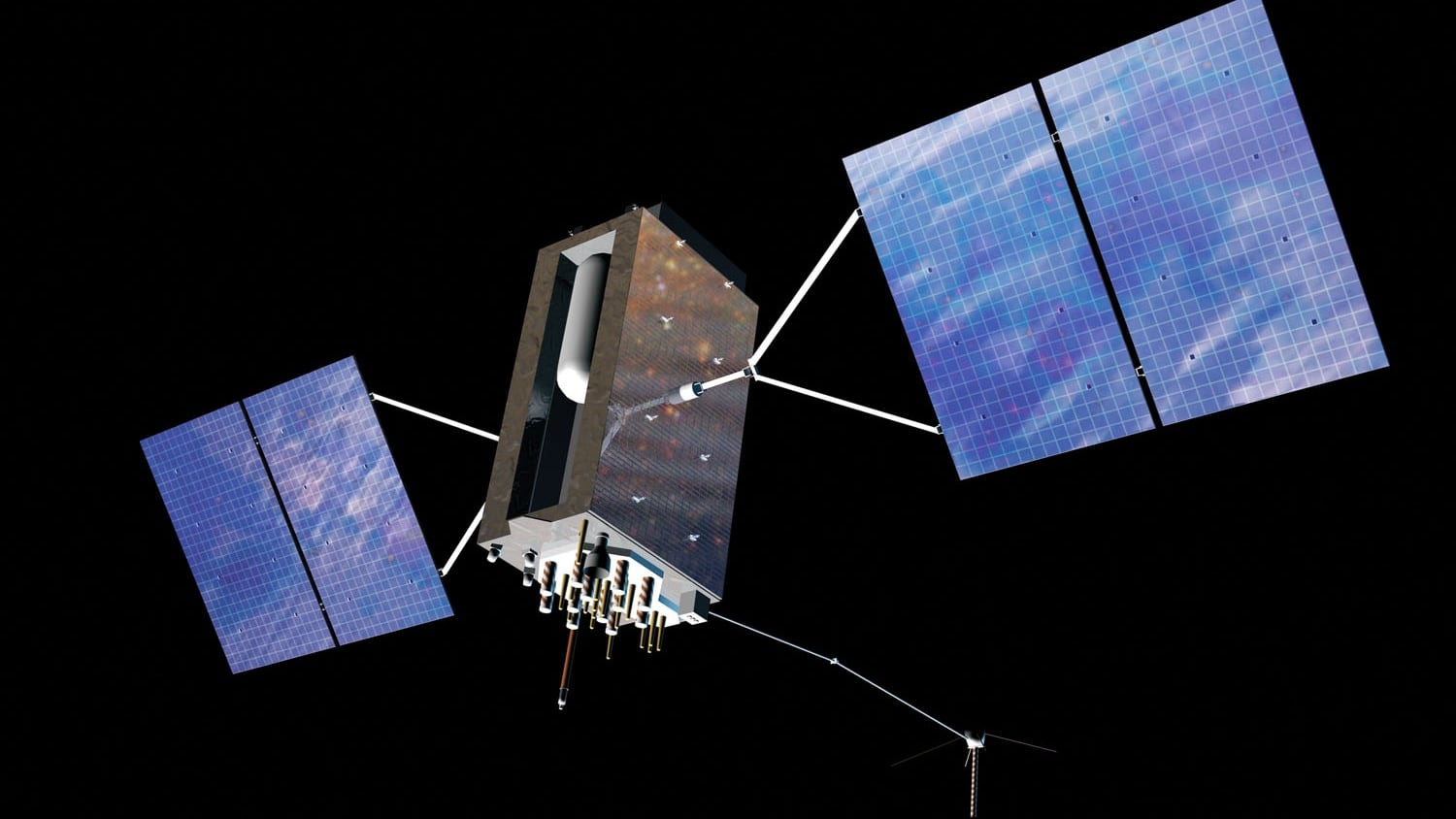WASHINGTON — The fourth GPS III satellite has achieved operational acceptance from the U.S. Space Force at record speeds using an expedited process that was 10 days faster than previous efforts.
“[The fourth GPS III satellite] sets a new standard for handover from the contractor launch team to operational acceptance, setting the satellite healthy to the global user community approximately 30 days post launch. Moving forward with future GPS III launches, the timeline between launch and the satellite being set healthy will be at a minimum,” said 2 Space Operations Squadron Flight Commander Capt. Collin Dart in a statement.
The satellite was launched Nov. 5 from Cape Canaveral Air Force Station in Florida aboard a SpaceX Falcon 9 rocket.
The addition of SV04 to the GPS constellation marks another step toward making M-Code — a more robust GPS signal for military use — available to the war fighter. M-Code provides a more accurate GPS signal with anti-jamming and anti-spoofing capabilities, making it harder for adversaries to block or degrade.
Lockheed Martin is the primary contractor for the 10 GPS III satellites and the 22 GPS III Follow-On satellites in development. The Space Force granted GPS IIIF Milestone C in July, clearing the way for production to begin.
“M-Code signals are more-secure, harder-to-jam and spoof, and are critical to helping our war fighters complete their missions, especially in contested environments,” Tonya Ladwig, Lockheed Martin’s vice president for navigation systems, said in a statement. “GPS III is a war fighting system and we are proud to be helping bring this critical capability to the men and women protecting our nation.”
“The highly encrypted M-Code to protect GPS signals from jamming and spoofing is currently enabled on 22 GPS satellites of various generations; 24 are needed to bring the M-Code to the next level of operational capability,” Dart said. “SV04 brings the constellation to 23 M-Code capable vehicles.”
The 24th M-Code-enabled GPS satellite, which will be the fifth GPS III satellite, is currently ready for launch. However, the launch is not expected until July 2021 at the earliest.
Upgrades to the GPS ground systems and distribution of M-Code-enabled receivers to the field are also needed to get the advanced signal into the hands of war fighters.
In addition to moving the constellation closer to M-Code availability, the addition of another GPS satellite to the constellation will provide greater access to the improved L2C and L5 signals to civilian users.
“For our billions of civil users, it brings the count up to 23 L2C spacecraft and 16 L5 spacecraft,” said Col. Ryan Colburn, director of the Space and Missile Systems Center Portfolio Architect office’s Spectrum Warfare Division. “For professional users with existing dual-frequency operations, L2C enables faster signal acquisition, enhanced reliability, and greater operating range. L5 is broadcast in a radio band reserved exclusively for aviation safety services. It features higher power, greater bandwidth, and an advanced signal design.”
And according to Lockheed Martin, the GPS III satellites also include the new L1C signal, which provides improved civilian user connectivity.
Nathan Strout covers space, unmanned and intelligence systems for C4ISRNET.








